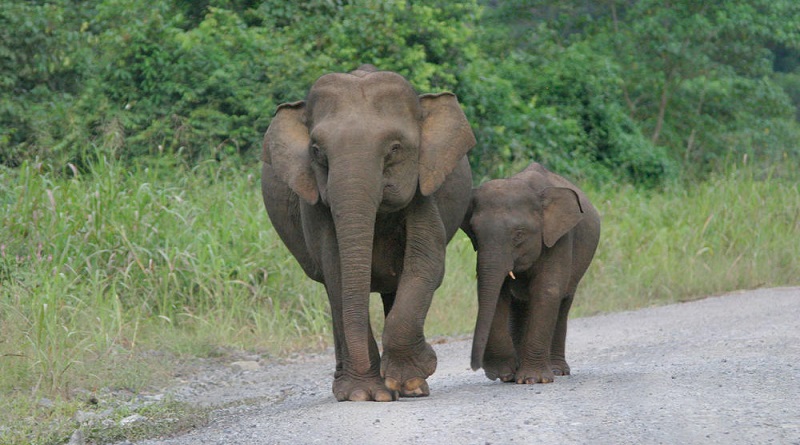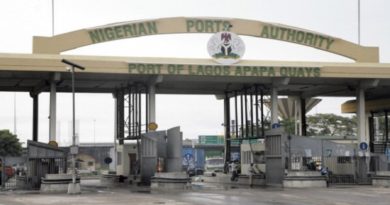Parties to review CITES activities, set targets as summit opens in South Africa
The Convention on International Trade in Endangered Species of Wild Fauna and Flora (CITES) will kick-off its triennial conference at the Sandton Convention Centre in Johannesburg, South Africa from tomorrow 24 September – 5 October 2016, known as #CoP17 or the World Wildlife Conference. This is the first time CITES has met on the African continent since 2000.
Over 2,500 representatives, including from more than 180 governments, intergovernmental organizations, indigenous peoples, non-governmental organizations, philanthropists and businesses are expected to attend the meeting, which comes amidst heightened international concern about sustainability of wildlife resources, upon which livelihoods, national economies and regional security depend.
CITES is a legally binding agreement which aims to ensure that international trade in specimens of wild animals and plants does not threaten their survival. It does so by monitoring, listing and regulating legal and sustainable wildlife trade and by combating illegal trade in wildlife. It currently regulates trade in over 35,000 species of wild animals and plants.
John E. Scanlon, Secretary-General of the Convention said: “The scope and coverage of the Convention will be tested when the 182 Parties to the Convention meet in Johannesburg over the next fortnight. Parties will review the actions taken over the past three years, and map out what more needs to be done to end the surge in illegal wildlife trade and prevent unsustainable trade.
“The stakes are high under CITES and intense and robust debates are to be expected. Decisions taken in Johannesburg will have a real and immediate on-the-ground impact. They will find their way into legislation, regulation, and operating practices across the globe and will directly affect when, where and how wildlife and wildlife products can be traded. Decisions taken here at CoP17 will affect wildlife and ecosystems, people and economies.â€
On the eve of #CoP17, the South African Government will host a High Level Ministerial Meeting on links between the Sustainable Development Goals (SDGs) and the aims of CITES. It will focus on the challenges posed by illegal trade in wildlife and the opportunities presented by legal and sustainable trade, and the role of CITES in advancing the SDGs.
Dr. Edna Molewa, Minister of Environmental Affairs of South Africa said: “Advancing the 2030 Agenda for Sustainable Development and its vision of People, Planet and Prosperity necessitates now more than ever that countries work together as a collective,†adding: “this High Level Ministerial meeting provides a platform for us to have robust discussions and ultimately develop a common understanding on the role of CITES in helping us attain those SDG’s with a natural resource conservation focus.â€
#CoP17 will address some difficult and contentious issues to do with differing approaches amongst CITES Parties on matters affecting trade in elephants and their ivory, as well as rhino and their horn.
Sixty two proposals proposed by 64 countries will be debated over two weeks in a global effort to enhance conservation and regulate the trade in wild animals and plants. Governments will consider and accept, reject or adjust these proposals for amending the CITES Appendices at #CoP17. Unlike most other international agreements, CITES votes where consensus is not possible, with a two thirds majority required.
Proposals include the protection of marine species such as silky and thresher sharks and devil rays; plant and timber species, such as many rosewood species and the Grandidier’s baobab tree and as well as African elephants, white rhinos, lions, pumas, the African Grey parrot and Nile crocodile together with many frogs, lizards and snakes.
In addition to enforcement-related decisions and resolutions to combat illegal trade in wildlife, #CoP17 will consider a powerful set of proposals to reduce demand for illegally traded wildlife specimens, and how to better engage with local communities’ to ensure they benefit from the wildlife they are living amongst, reflecting the three-pronged approach taken under CITES to address poaching and wildlife trafficking.
Delegates will also review the first comprehensive survey of global wildlife forensic capacity to support the implementation and enforcement of the Convention. Commissioned by the CITES Secretariat in cooperation with the United Nations Office on Drugs and Crime (UNODC), it provides a comprehensive picture of laboratory capacity at the global level, for performing forensic analysis in support of CITES implementation and enforcement.
Events on plant species will highlight the close collaboration CITES has with key organizations on legal and sustainable trade in plant and timber species, and will mark the 10th anniversary of CITES collaboration with the International Tropical Timber Organization (ITTO).
CITES Parties have called for improved traceability of CITES-listed specimens in various sectors such as in caviar, luxury reptile skins, timber, and shark products. Feasibility studies have highlighted the potential benefits and challenges of putting in place traceability systems for the implementation of CITES. Parties will discuss if there is a need for overarching guidance on developing traceability projects in CITES, including for common definitions, technical standards, and governance/managerial frameworks.




